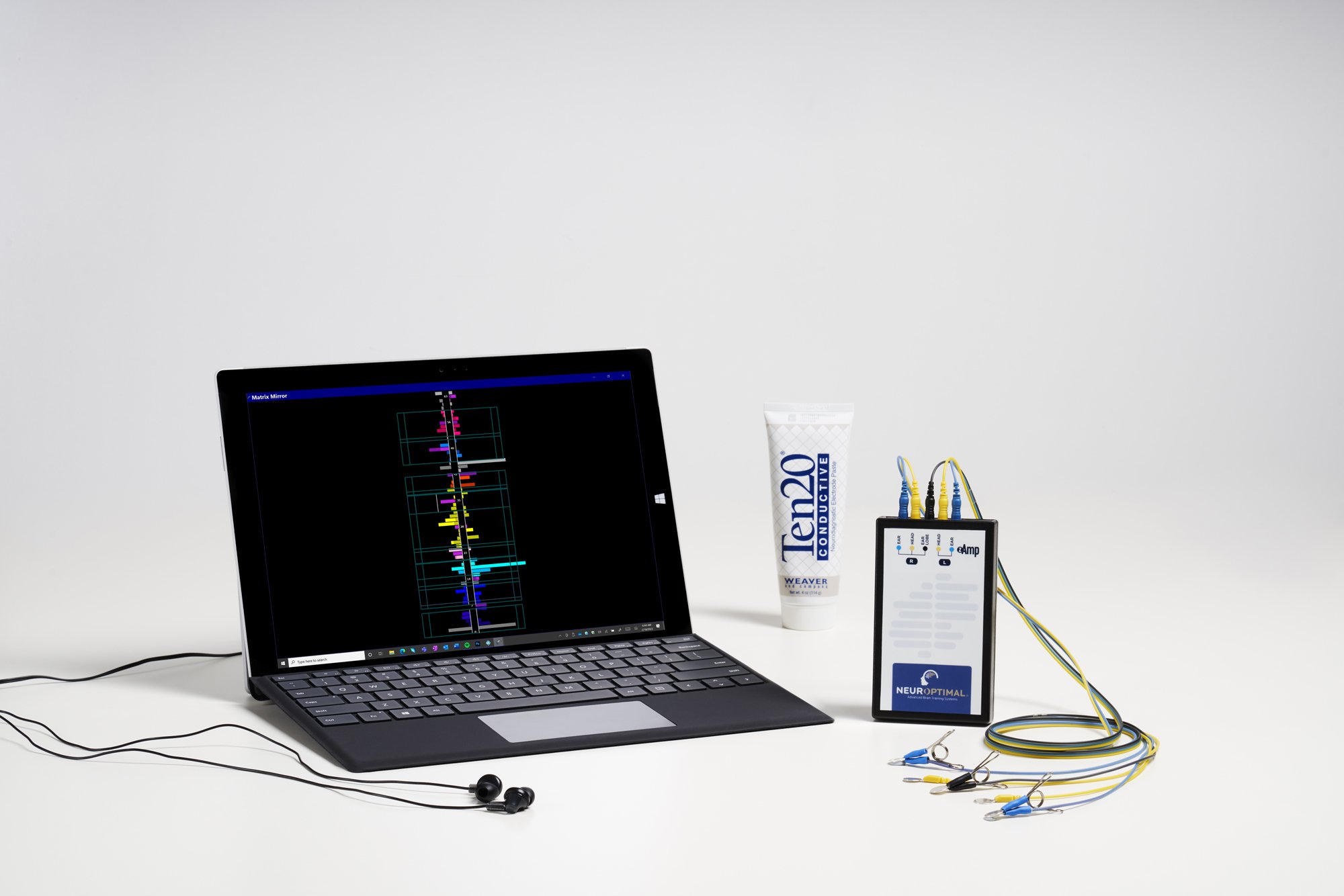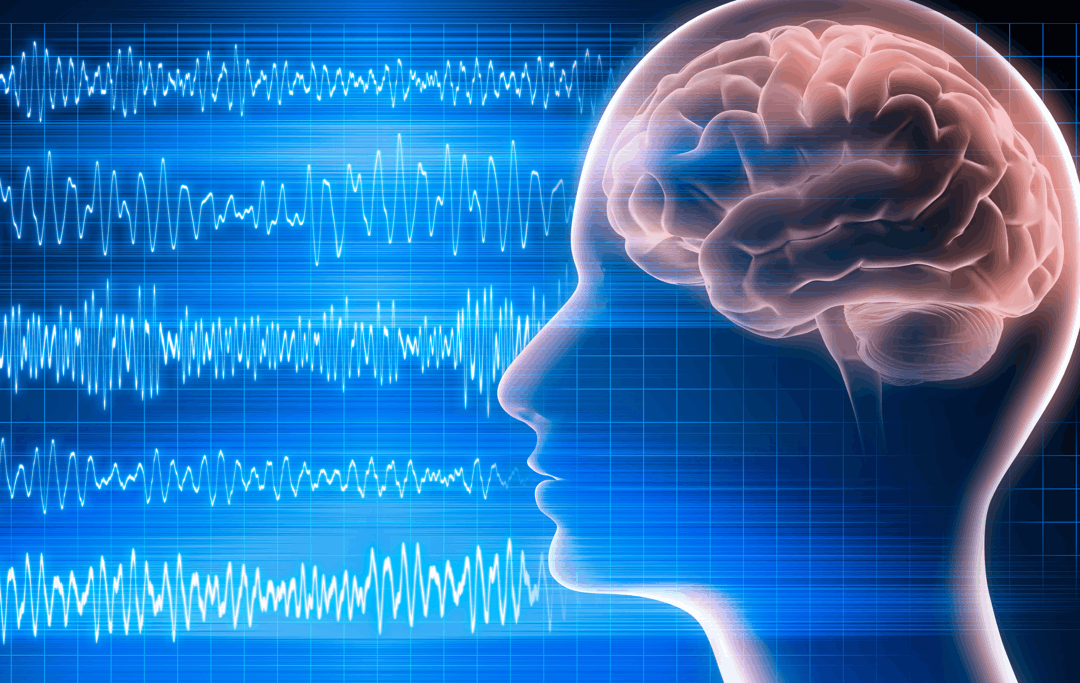
Neurofeedback
Neurofeedback is designed to take advantage of the brain’s natural learning processes by encouraging it to function as originally designed.
Neurofeedback training can help:
Improve focus, clarity and memory.
Reduce hyperactivity, anxiety and impulse decision making.
Decrease anxiety and/or depression symptoms.
Minimize noise, sound and texture distractions.
Provide a safe, medication-free solution that’s noninvasive.
Diminish or eliminate the need for medication altogether.
What is Neurofeedback?
Neurofeedback is a therapeutic intervention that provides immediate feedback from a computer-based program that assesses a client’s brainwave activity. The program then uses sound or visual signals to reorganize or retrain these brain signals. By responding to this process, clients learn to regulate and improve their brain function and to alleviate symptoms of various neurological and mental health disorders
When It's Used
Children, adolescents, and adults with seizure conditions, behavior disorders, attention deficits, autism, ongoing developmental delays, acquired brain injuries, birth trauma, anxiety, depression, post-traumatic stress disorder, stress-related problems, and insomnia or interrupted sleep patterns, as well as those with age-related cognitive loss, may find neurofeedback helpful. Neurofeedback may also be used as an adjunct intervention with other forms of therapy.
Neurofeedback therapy typically consists of once-a-week sessions for an average of 20 weeks. Some people need fewer sessions, while others require more. While you are sitting in a chair, the therapist will attach sensors to your scalp. A computer EEG program will process your brain signals and provide information about various brainwave frequencies. Using a program similar to a video game, you will watch the graphics or listen to music while your brain and central nervous system receive feedback signals from the program. The program will then begin directing your brainwave activity toward more desirable and controlled patterns. You will get immediate feedback from the program when your brainwave patterns improve. Between sessions, you should be able to notice changes in stress, sleep patterns, or mental clarity.
How It Works
Neurofeedback is not considered a cure, but rather a method of managing or regulating the workings of the brain so it functions in a healthier manner. This is achieved by repeated training sessions using a computerized neurofeedback program that teaches your central nervous system to reorganize and regulate brainwave frequencies. Neurofeedback assesses your brain and provides information about areas of dysfunction that are causing symptoms so that they can be treated directly. Various neurofeedback methods and equipment are used for different types of neurological problems.
What to Look for in a Neurofeedback Therapist
Licensed mental health professionals who have been trained to use neurofeedback equipment and programs can provide neurofeedback services in their private practices and clinics. In addition to finding someone with the educational background and relevant experience, look for a therapist with whom you feel comfortable discussing personal issues, who displays an understanding of your particular case, and who can clearly explain the neurofeedback process, its potential benefits, and its limitations in a way you can understand.

